History
20 US Ruins Left Behind By Progress And Time

Some places never kept pace with the world around them. Once full of life and activity, these towns and sites gradually lost their people and purpose, left to the elements. With few signs of modern use or restoration, they now stand as quiet reminders of lives and eras that faded long ago.
Rhyolite, Nevada

Once home to a booming gold rush, this desert town had electricity before Las Vegas lit up. But as the mines dried up, people moved on, leaving behind a crumbling train station and a haunting bank building. One structure remains especially striking—a house built from 50,000 glass bottles, still standing in the Mojave heat.
Cahawba, Alabama
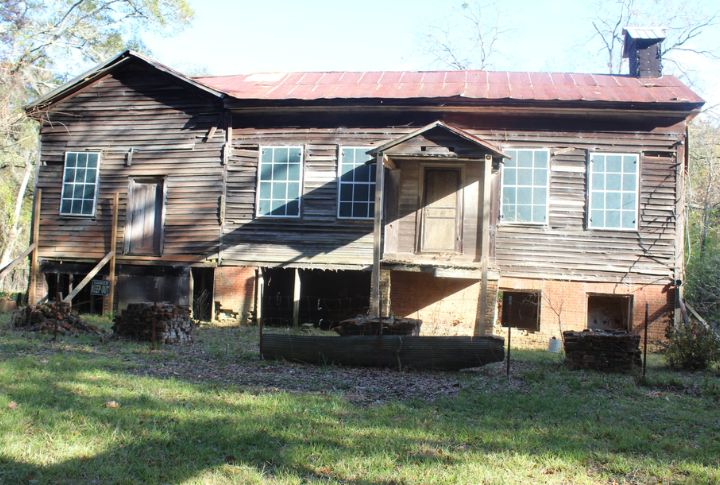
Alabama’s first state capital slowly emptied as floods and economic shifts made the area harder to sustain. The once-busy town eventually faded into quiet ruins. Today, brick columns and quiet lanes line Old Cahawba Park, where visitors explore the physical traces of Alabama’s early capital.
Centralia, Pennsylvania

A mine fire has smoldered underground since 1962, causing roads to warp and sending steam through cracks in the earth. Consequently, most residents relocated long ago; even its ZIP code was retired in 2002. That eerie stretch led to the colorful Graffiti Highway, which was buried in 2020 to block public access.
Fort Jefferson, Florida
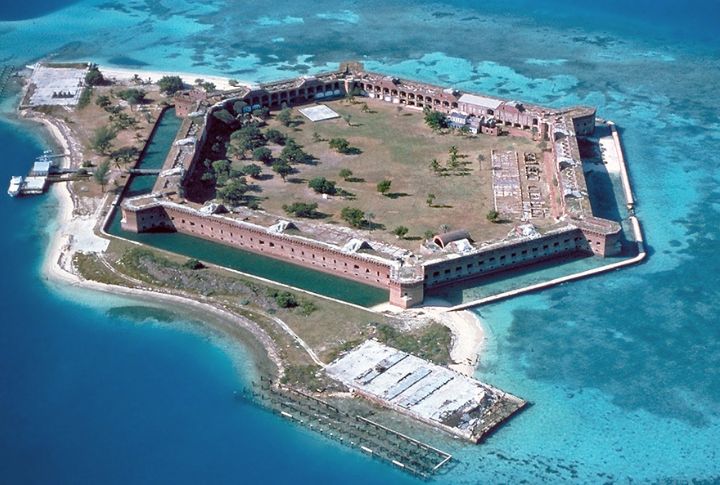
Even though it never saw combat, this coastal fortress built from 16 million bricks eventually deteriorated in the harsh Gulf environment. Located in Dry Tortugas National Park, the deserted coastal outpost is only accessible by boat or seaplane, and the rusted cannon mounts continue to watch the waters they never defended.
Elkmont, Tennessee
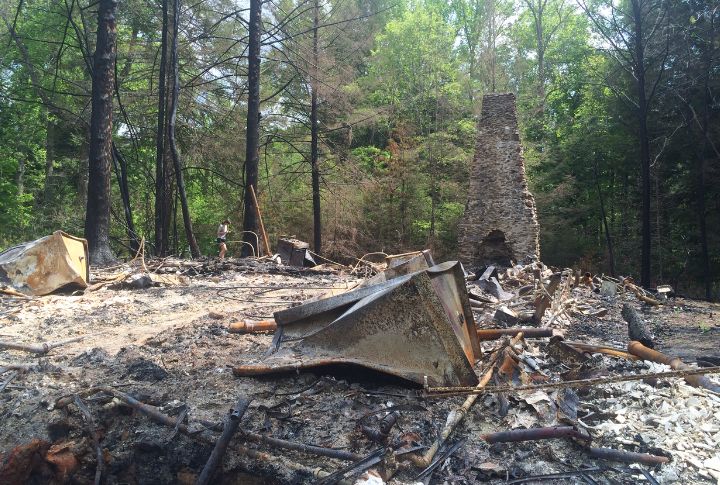
What started as a logging town became a summer retreat, then a forgotten ghost town swallowed by the Great Smoky Mountains. After decades of dispute, the National Park Service began preserving select buildings. Today, mossy cabins and chimneys give hikers a strange glimpse into vacation life from a century ago.
Bodie, California
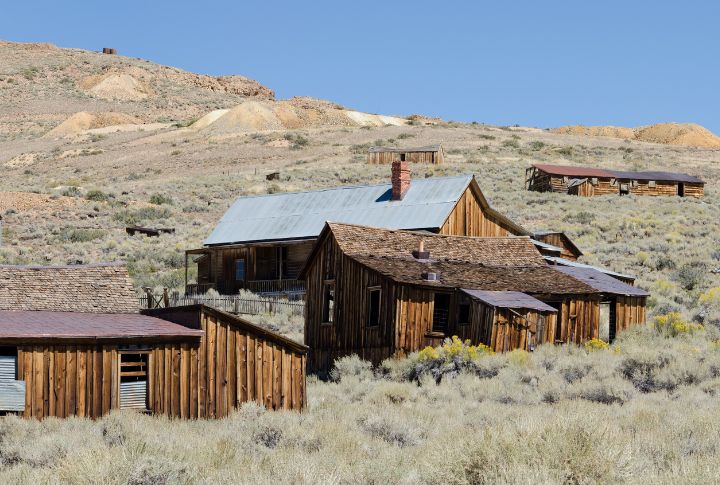
The dry mountain air has preserved Bodie in a strangely perfect state of ruin. Doors still creak on rusted hinges, and furniture remains inside homes as if the owners had just stepped out. Before it emptied, this town was infamous for its lawlessness and fueled by a booming gold rush.
Bannack, Montana

After briefly serving as Montana’s first territorial capital, Bannack began to fade when the gold rush ended. As prospectors left, buildings emptied but didn’t collapse; boarded-up storefronts and a creaky hotel still define the main stretch. Dry air and some preservation efforts have helped these wooden structures hold their ground.
Kennecott Mines, Alaska

The rust-red buildings of Kennecott still cling to the base of a glacier, their angles sharp against the snow. Long before this mining town emptied, copper ore fueled a bustling operation in Alaska’s wilderness. Rail lines crossed this isolated area until operations ceased in 1938.
Scull Shoals, Georgia
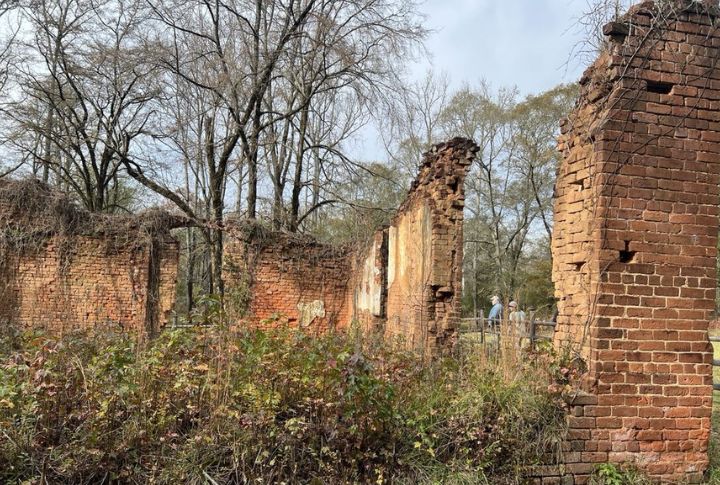
Part of Georgia’s Oconee National Forest, Scull Shoals sits in quiet disrepair, where tree roots twist around old bricks. Those bricks used to hold up a busy mill town along the rapids, but floods and silt gradually choked the river’s power. What began in the late 1700s faded as nature reclaimed its place.
Harshaw, Arizona
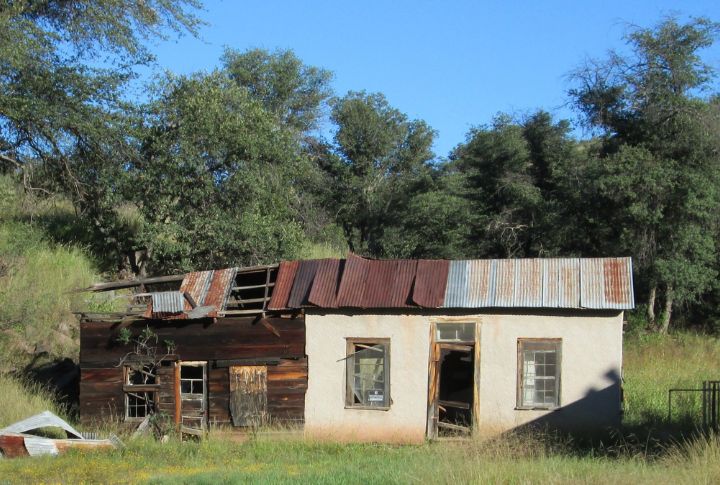
Amid quiet forestland in southern Arizona, Harshaw’s stone foundations and fading cemetery mark the site of a long-forgotten mining town. Silver once drew people here in the late 1800s, but after multiple busts, the area emptied out by the 1960s. Since then, no significant efforts have disturbed what’s left.
Doodletown, New York
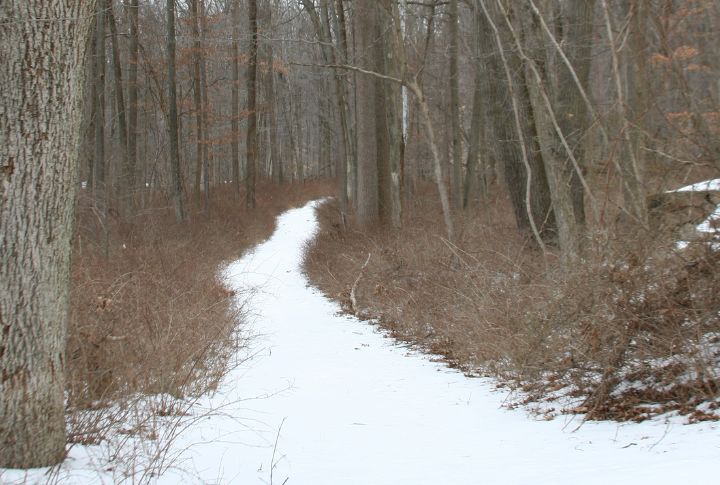
Cradled in the Hudson Highlands, this once-thriving hamlet was eventually absorbed into Bear Mountain State Park. Foundations, stone walls, and fading steps remain. The state removed the last families in the 1960s, but hikers now wander through paths lined with lilac bushes and memories barely held together by roots.
Elmo, Colorado
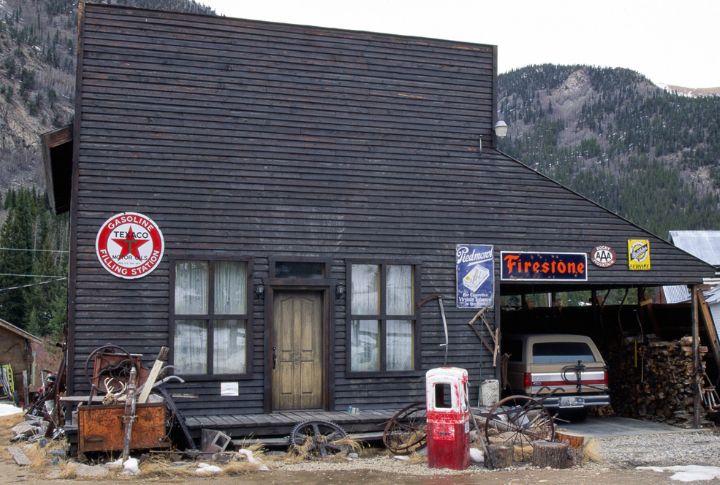
Though a few residents linger, most of St. Elmo has been uninhabited since the mines closed in the 1920s. Old general stores and hotels, including residential houses, remain surprisingly intact, partly thanks to tourism interest. It’s one of the more accessible ghost towns in the Rockies, with an appearance that continues to draw curious visitors.
Salton Sea’s Bombay Beach, California
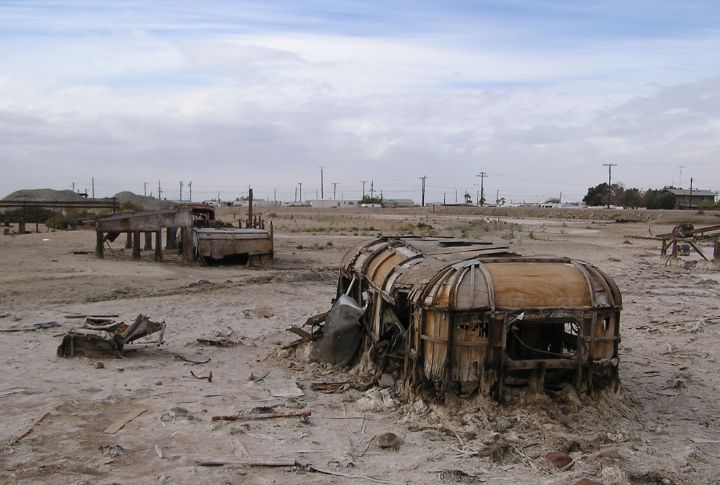
Marked by salt-crusted ruins, Bombay Beach draws curious visitors and artists alike. Murals brighten the skeletal remains of trailers and motels. The decay, though, is hard to miss. Over time, rising salinity made the lake hazardous and erased any trace of the midcentury vacation scene that had thrived here.
Lake Dolores Waterpark, California

Graffiti tags now decorate the bones of slides and decaying platforms as wind whistles through the crumbling concrete. That eerie stillness contrasts sharply with the 1960s when Lake Dolores drew travelers with its oasis-like charm. Despite several failed revival attempts, the site never regained the energy that once defined it.
Glenrio, Texas–New Mexico Border
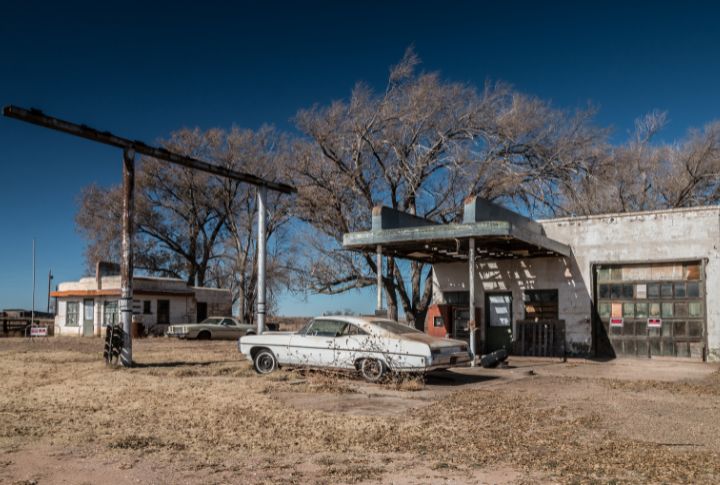
Glenrio thrived during Route 66’s peak years, drawing travelers to its busy gas stations and motels. Traffic faded when I-40 diverted the route, and business along the strip dried up. With weathered signs and cracked pavement, the roadside shells quietly recall a town that moved in step with the highway.
Silver City, Idaho
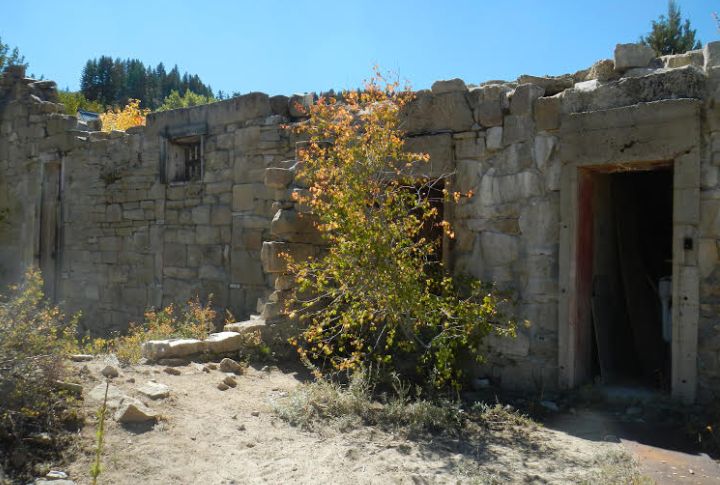
Silver City’s buildings weren’t torn down or modernized, unlike many ghost towns. Instead, they were just… left. Hotels, churches, and homes from the 1800s remain, often locked up tight for most of the year. Some descendants of original families visit during warmer months, keeping ties to the yesteryears alive.
North Brother Island, New York

Currently designated as a bird sanctuary and off-limits to visitors, this overgrown island lies quietly between the Bronx and Rikers Island. Also, Ivy creeps over the crumbling shell of Riverside Hospital, which operated from the 1850s to the 1940s. As the decades passed, it shifted to housing veterans and became a rehab center before closure.
Dogpatch USA, Arkansas
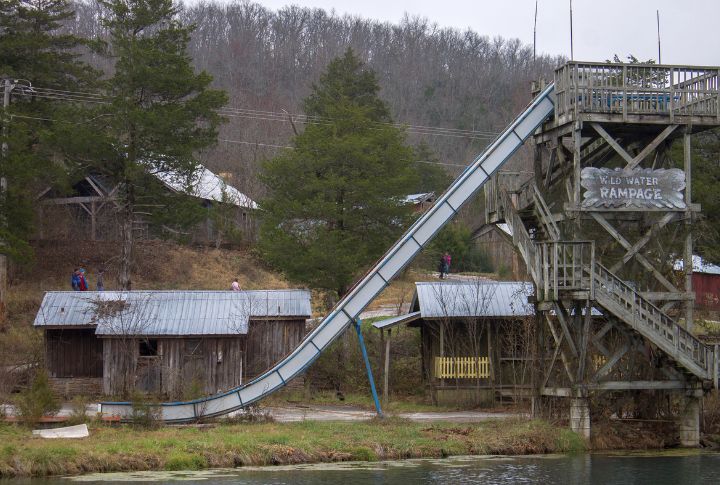
Dogpatch began as a hillbilly-themed amusement park inspired by the “Li’l Abner” comic strip. It closed in the 1990s after years of mismanagement and disrepair. The attractions now rot in the Ozarks, with rusted rides and collapsed log structures creating an eerie contrast to the park’s cartoonish past.
Fort Ord, California
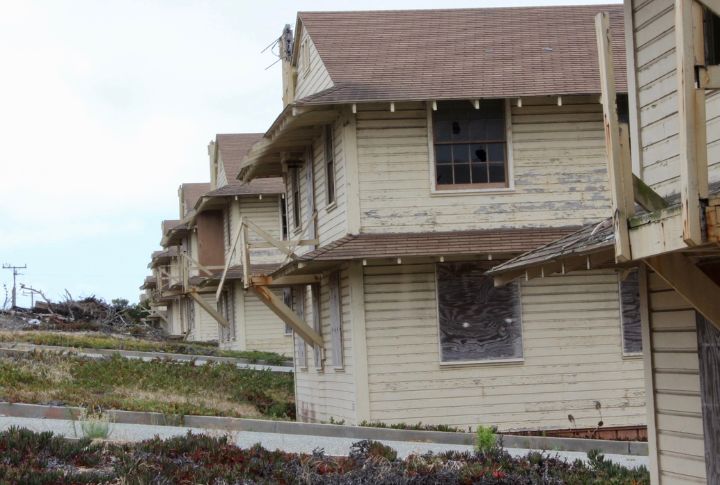
In 1994, the final wave of recruits cleared out of this sprawling training site. Some sections were later repurposed into public land and a university campus, but large stretches sit untouched. Boarded-up barracks and hollow theaters line these grounds, their peeling paint echoing past drills and long-forgotten movie nights.
Gilman, Colorado

Rusting towers and shattered windows cling to the cliffside where Gilman thrived for decades. Zinc and lead extraction fueled its rise, but environmental concerns shut the mines in the 1980s. Established in the late 1800s, the town has become a quiet symbol of ambition shaped by industrial forces.

